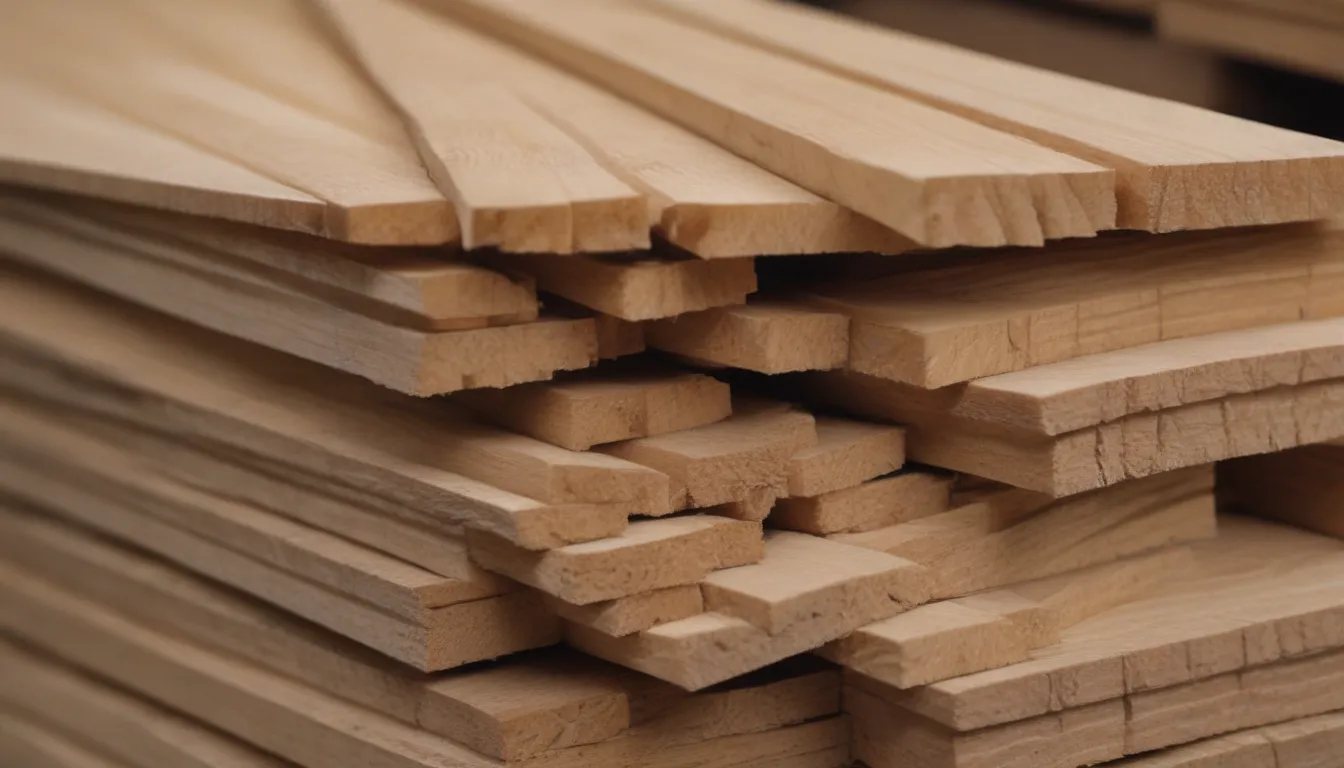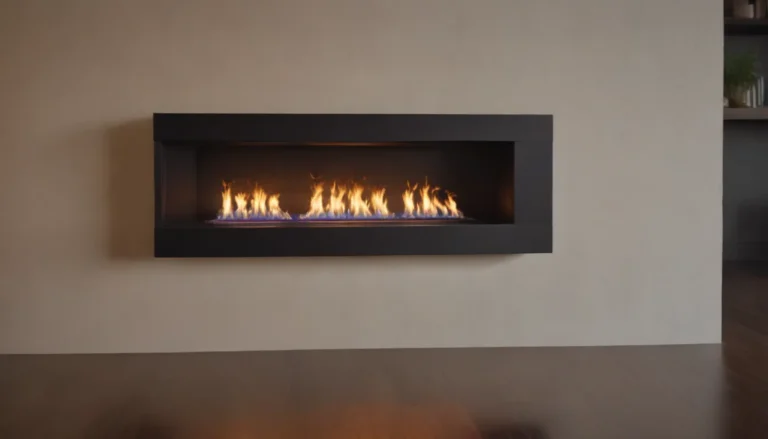A Comprehensive Guide to Dimensional Lumber Sizes for Building and Remodeling

Are you embarking on a building or remodeling project and feeling overwhelmed by the different sizes of dimensional lumber? Understanding the difference between nominal and actual sizes is crucial when working with wood materials. This guide will break down the basics of dimensional lumber sizing, explain the variations between nominal and actual sizes, and provide valuable tips for choosing the right lumber for your project.
What is Dimensional Lumber?
Dimensional lumber refers to wood lumber that is cut to pre-defined, standard sizes. When you hear terms like two-by-four (2×4), it is referring to dimensional lumber. The nominal size is the stated name, such as 2×4, while the actual size refers to the physical dimensions, like 1-1/2 inches by 3-1/2 inches.
Nominal Size vs. Actual Size
Nominal size: * The nominal size is the size mentioned in the name of the board, such as 2×4.
Actual size: * The actual size is the physical dimensions of the board after milling and cutting, like 1-1/2 inches by 3-1/2 inches.
Tip
In rare cases, nominal and actual dimensions may match, typically found in older homes. While it may be tempting to reuse older stock for other applications, compatibility issues with newer materials may arise.
Dimensional Lumber Sizing
Softwoods commonly used for building framing have specific nominal and actual dimensions. These dimensions apply to softwoods like Douglas fir, spruce, or Hem-Fir.
Decking Planks
Unlike dimensional lumber for building, decking planks come in a few standard sizes. To convert square footage into linear footage for decking planks, you can use a simple formula.
Dimensional Lumber Lengths
A key point to remember is that the lengths of dimensional lumber are always expressed in actual sizes separately from width and depth. For example, a board labeled “2 in. x 4 in. x 8 ft.” will measure out to be 1-1/2 inches by 3-1/2 inches by 8 feet.
Dimensional Lumber Basics
Dimensional lumber is sawn, planed, and standardized for consistent sizing across the industry. This standardization ensures that all builders and do-it-yourselfers are using lumber that is sized consistently.
Dimensional Lumber and Modern Building
Historically, dimensional lumber became popular in the late 19th century as a cost-saving measure in the building industry. Pre-cut standard sizes like 2×4 and 2×6 allowed for more efficient construction techniques like balloon framing.
When shopping for building materials, all lumber at lumber yards or home centers will be pre-cut to standard sizes. For the average DIYer, most long, thin lumber used for building is considered dimensional lumber.
Common Applications of Dimensional Lumber
Dimensional lumber is commonly used for building or remodeling homes. Understanding the right type of lumber for your project is essential:
- Two-by-fours (2×4) are typically used for walls.
- Two-by-sixes or two-by-eights are often used for floor joists or ceiling rafters.
- Four-by-fours (4×4) are commonly used as fence posts.
Limitations of Dimensional Lumber
While dimensional lumber is versatile and standardized, there are limitations to using it:
- Older dimensional lumber may not be compatible with newer wall systems.
- When replacing load-bearing walls, engineered beams may be necessary for proper support.
- Different lumber species have varying durability and maintenance requirements.
Choosing the Right Dimensional Lumber
When selecting dimensional lumber for your project, consider the following factors:
- Durability: Cedar is a good option due to its affordability and natural oils that help it age well.
- Maintenance: Softwoods like pine and poplar require regular maintenance, while hardwoods like walnut and mahogany are more durable but expensive.
- Compatibility: Ensure that the dimensional lumber you choose is compatible with the rest of your building materials.
In conclusion, understanding the sizes and variations of dimensional lumber is essential for any building or remodeling project. By knowing the difference between nominal and actual sizes, you can confidently choose the right lumber for your specific needs. Remember to consider factors like durability, maintenance, and compatibility when selecting dimensional lumber for your project. With this guide, you are now equipped with the knowledge to tackle your next woodworking endeavor with confidence!





